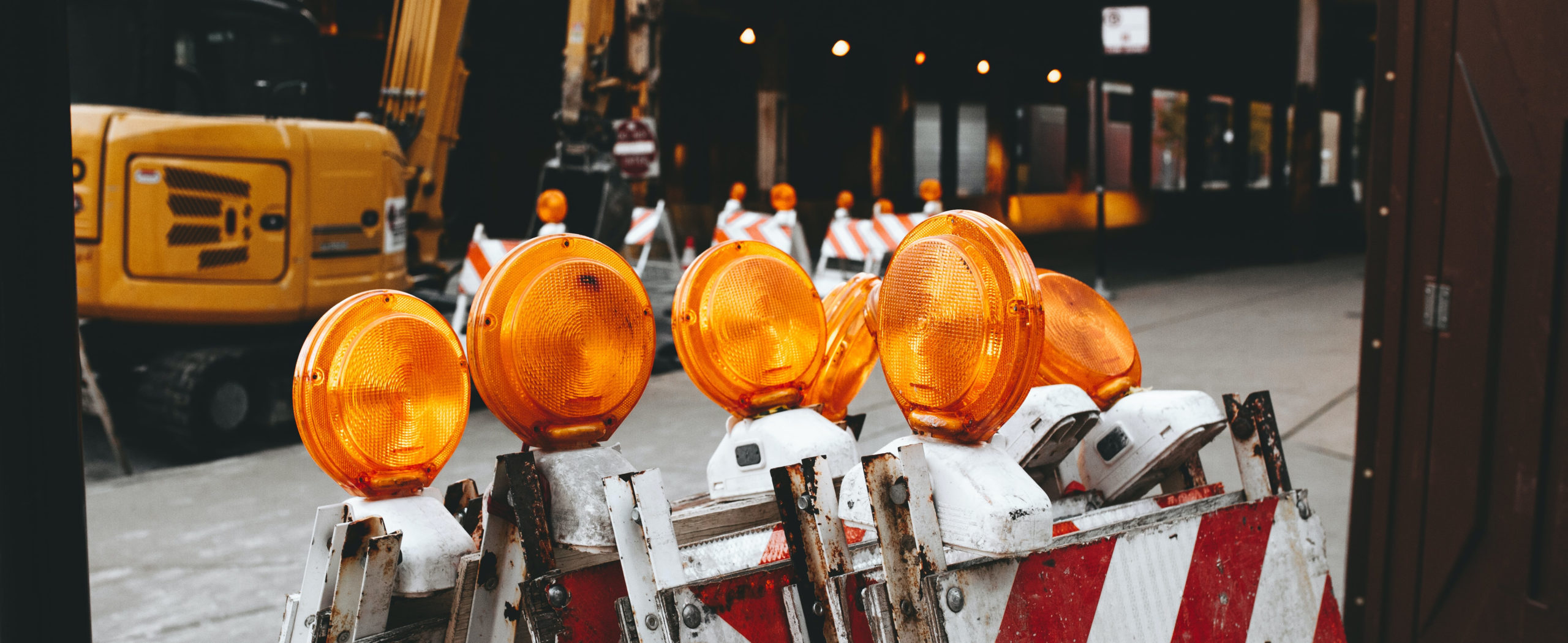
How Analytics Secured a $25 Million Infrastructure Grant

With an increased federal focus on rebuilding critical infrastructure, cities and states are gearing up to prioritize projects to qualify for funding. Federal grants such as the Infrastructure for Rebuilding America (INFRA) currently hold billions of dollars in possible grants, and states that want to qualify need compelling evidence that funds are well spent.
Planners in Ohio targeted an ongoing $1.3 billion project as a potential focus for an INFRA application in part because of the project’s impact on freight moving through I-70 and I-71, and also because of the project’s ability to reconnect neighborhood connections across interstate highways and improve the surrounding urban avenues.
Although planners knew there was significant freight movement through the project corridor, they hadn’t quantified the geographic scope until they leveraged StreetLight’s Origin-Destination Metric for truck traffic..
Analytics Identify Grant Potential
The Ohio Department of Transportation and the City of Columbus are in the middle of a $1.3 billion, multi-phase project to transform the crossroads of Interstates 70 and 71. The project improves key corridors of the National Primary Highway Freight System and helps restore and reconnect communities that were adversely impacted first by redlining and second by constructing I-70 and I-71.
Limited funding on an annual basis forced ODOT to subdivide multiple project phases, including Phase 4. However, subdividing the project phases is not the most efficient way to complete the project work, and ODOT and the City of Columbus sought ways to bring in additional funding for the remaining project work. Phase 4 had significant impact on freight and vehicles moving through the I-70/71 overlap, as well as reconnecting Downtown Columbus to the neighborhoods south of the overlap.
Although planners knew that a high volume of truck traffic traveled the project corridors, they needed an easy way to identify and show the regional and national impact on freight movement. StreetLight InSight® analytics helped evaluate truck travel and prove that their project would qualify for funding.
Clear Data Visualizations Show Funding Impact
Planners used ODOT’s subscription to StreetLight InSight® to run Origin-Destination (O-D) analyses isolating truck traffic.
Figure 1: Visualization of the starting and ending census blocks of truck movements travelling through the I-70/71 overlap demonstrated the intersection’s far-reaching impact on freight travel.
The results were significant. Analysts produced compelling analytical and visual proof that the project had not only a positive local traffic impact but also far-reaching improvements in statewide and national freight movement.
The images showed at a glance the regional and national extent of freight movements, confirming that the I-70/I-71 corridor was a significant nexus for the national supply chain.
The visualization was key for funding officials to see the data in context. With freight traffic spread evenly between local, state, and national trips, easing congestion with Phase 4 construction offered benefits beyond the city of Columbus. The pictures worth a thousand words put national impact at the forefront of the grant application.
The proposal proved to be so compelling that INFRA officials not only said yes to funding, but with no additional petitioning required.
Win Funding to Keep Projects Rolling
Project officials knew they had the data, but the visualizations instantly shared that knowledge in an easy-to-digest format, solidifying widespread stakeholder support for the project.
Transportation analytics that identify how people move through cities, down to single intersections, can help secure competitive funding and provide confident predictions for achieving project goals.
Get more detail on how Columbus captured the kind of data that won federal infrastructure grant funding: Download the case study to see how Columbus mined the truck data for key insights, then produced visualizations with million-dollar impact.
Calculating Population’s Effect
We wanted to assess if population was the real driver of a county’s higher-than-average HE per VMT, so we also analyzed harsh events per capita (HE per capita). We looked at each county’s HE per capita relative to the U.S. average (0.3), illustrated in Figure 2. Counties in green have lower than average HE per capita, while counties in blue have higher than average HE per capita.Summarized from “Private Versus Shared, Automated Electric Vehicles for U.S. Personal Mobility: Energy Use, Greenhouse Gas Emissions, Grid Integration, and Cost Impact” by Colin J. R. Sheppard, Alan T. Jenn, Jeffery B. Greenblatt, Gordon S. Bauer, and Brian F. Gerke, Environmental Science & Technology 55, no. 5 (March 2, 2021): 3229–39.

